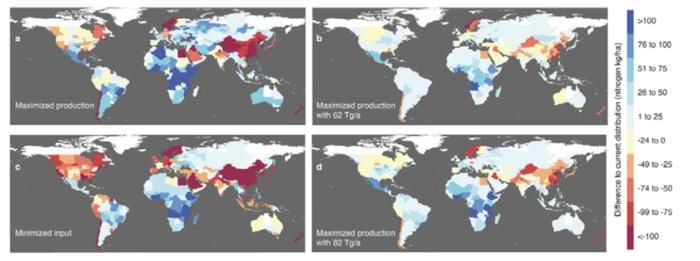On Feb. 7, USDA released the first insights into net farm income expectations for 2024. The latest report anticipates a decrease from 2023’s forecast of $155 billion to $116 billion – a drop of nearly $40 billion, or 25.5%, and the largest recorded year-to-year dollar decrease in net farm income. The decline marks the second consecutive drop since record-high farm income levels in 2022 ($185.5 billion). When adjusted for inflation, net farm income, a broad measure of farm profitability, is expected to decrease 27%, or $43 billion, from 2023. If realized, 2024 net farm income would be below the 20-year average (2003-2022) in inflation-adjusted dollars. A $21 billion expected drop in cash receipts for agricultural goods and a $17 billion expected increase in production expenses explain 95% of the forecast decline.
The forecast for 2023 net farm income in this report was also updated from December’s report, increasing marginally from $151 billion to $156 billion. Net farm income reflects income after expenses from production in the current year and is calculated by subtracting farm expenses from gross farm income. A year-to-year drop of this magnitude parallels a recent decline in general farmer sentiment as lower expectations set in for commodity prices in 2024. Importantly, this is still a very early measure of farm financial health. Countless factors will shape supply and demand conditions over the course of the next 11 months.

Direct government payments are estimated to decrease by $1.9 billion, or 16%, between 2023 and 2024 to slightly over $10 billion and about 9% of net farm income. This marks the fourth consecutive annual decrease in government payments for producers since the peak of the COVID-19 pandemic in 2020 and would represent the lowest value since 2014, even without adjusting for inflation. Ad hoc and supplemental program payments, which include payments from the Emergency Relief Program (ERP), Quality Loss Adjustment Program and other farm bill designated-disaster programs, are expected to decrease from $6.54 billion to $5.84 billion, an 11% decline and $5.49 billion less than paid out during 2024. The previous announcement of limited additional funds to extend ERP to cover 2022 disaster losseshave reduced expected payments in this category, which is reflected in the lower values. Pandemic era programs that contributed to as much as 48% of net farm income in 2020 no longer contribute to farmers’ cash flow.